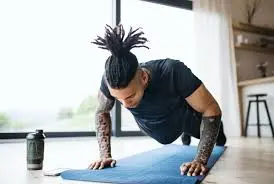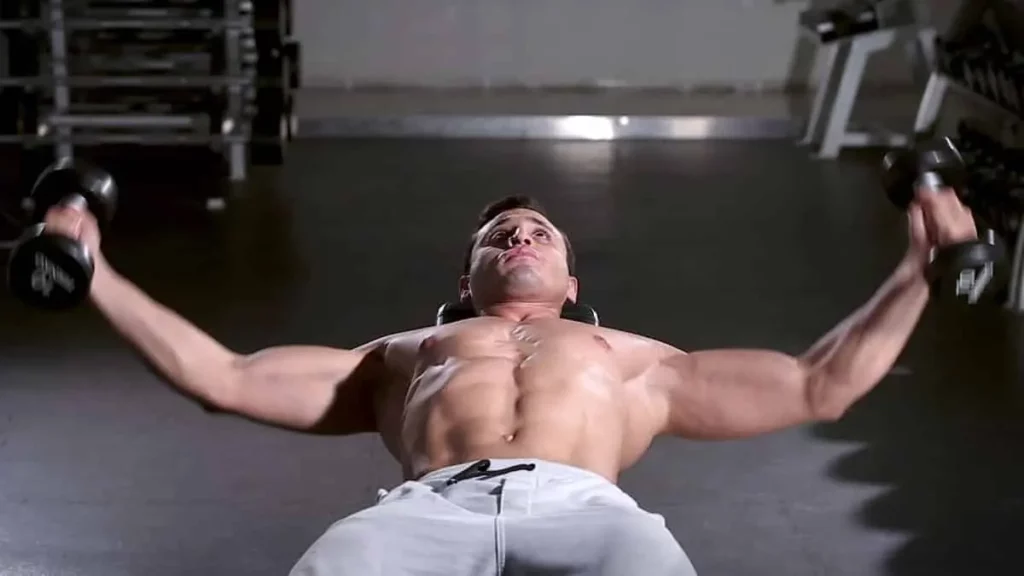

wordpress-seo domain was triggered too early. This is usually an indicator for some code in the plugin or theme running too early. Translations should be loaded at the init action or later. Please see Debugging in WordPress for more information. (This message was added in version 6.7.0.) in /home/sehatnagar.com/public_html/wp-includes/functions.php on line 6114
In a world where fitness trends come and go, some exercises have stood the test of time and gained popularity around the globe. One such exercise is the “Around the World” exercise. This renowned workout has become a staple in fitness routines across the world, and for good reason. In this comprehensive guide, we will delve into the details of the Around the World exercise, exploring its origins, the muscle groups it targets, its variations, and the numerous benefits it offers.

The Around the World exercise, also known as the “Around the World Lunges” or simply “ATW lunges,” has its roots in bodybuilding and strength training. It gained fame in the fitness community due to its effectiveness in building lower body strength and stability. This exercise typically involves lunging in multiple directions, simulating a journey “around the world.”
One of the reasons the Around the World exercise has gained worldwide recognition is its ability to engage multiple muscle groups simultaneously. Here are the primary muscle groups it targets:
The front thigh muscles are heavily engaged during the forward lunges, helping to develop strength and definition.
The back thigh muscles are worked during the reverse lunges, contributing to overall leg strength.
The gluteal muscles are engaged in both forward and reverse lunges, assisting in shaping and toning the buttocks.
As you step back and forth, the calf muscles are used for stabilization and balance.
The core muscles play a significant role in maintaining stability and balance throughout the exercise.
The hip flexor muscles are actively involved in lifting your legs during each lunge.
One of the reasons for the Around the World exercise‘s worldwide appeal is its adaptability. Fitness enthusiasts and trainers have developed various variations to suit different fitness levels and goals. Some popular variations include:
This is the basic version that uses only your body weight for resistance. It’s an excellent starting point for beginners.
Holding dumbbells in your hands adds extra resistance, intensifying the workout and promoting muscle growth.
Balancing on a medicine ball while performing lunges enhances core engagement and challenges stability.
This advanced version involves holding a barbell across your shoulders, increasing the load on your legs and core.
Adding a jumping motion to the lunges turns this exercise into a high-intensity, calorie-burning workout.
The Around the World exercise has earned its global reputation due to the numerous benefits it offers to those who incorporate it into their fitness routines:
This exercise effectively targets the quads, hamstrings, and glutes, leading to increased lower body strength and endurance.
The multidirectional movements challenge your balance and coordination, which are essential for overall athleticism.
Depending on the intensity and variation, the Around the World exercise can provide an effective cardiovascular workout, helping you burn calories and shed excess fat.
Maintaining stability during the exercise engages your core muscles, promoting a strong and toned midsection.
The Around the World exercise combines various movements in one, saving you time and making it an efficient addition to your workout routine.
With its many variations, this exercise can be tailored to your fitness level and goals, ensuring that it remains challenging and effective.
Now that you understand the benefits of the Around the World exercise, you may be eager to incorporate it into your fitness routine. Here’s a step-by-step guide on how to do a basic bodyweight version:
Begin in an upright position with your feet hip-width apart, shoulders relaxed, and core engaged.
Step forward with your right foot, bending both knees to a 90-degree angle. Keep your back straight and chest up.
Push off with your right foot and return to the upright position.
Step backward with your right foot, bending both knees to 90 degrees. Again, keep your back straight and chest up.
Push off with your right foot and return to the upright position.
Perform the same sequence with your left foot, stepping forward and then backward.
Repeat the forward and reverse lunges, alternating between right and left legs for your desired number of repetitions.
Remember to start slowly and focus on proper form before adding weights or attempting more advanced variations.
The Around the World exercise has rightfully earned its place as a globally recognized and appreciated workout. Its versatility, muscle-targeting capabilities, and numerous benefits make it a valuable addition to any fitness routine. Whether you’re a beginner looking to strengthen your legs or an advanced athlete seeking a challenging workout, the Around the World exercise has something to offer everyone. Incorporate it into your routine, and you’ll be taking a fitness journey “around the world” that leads to a stronger, healthier you.